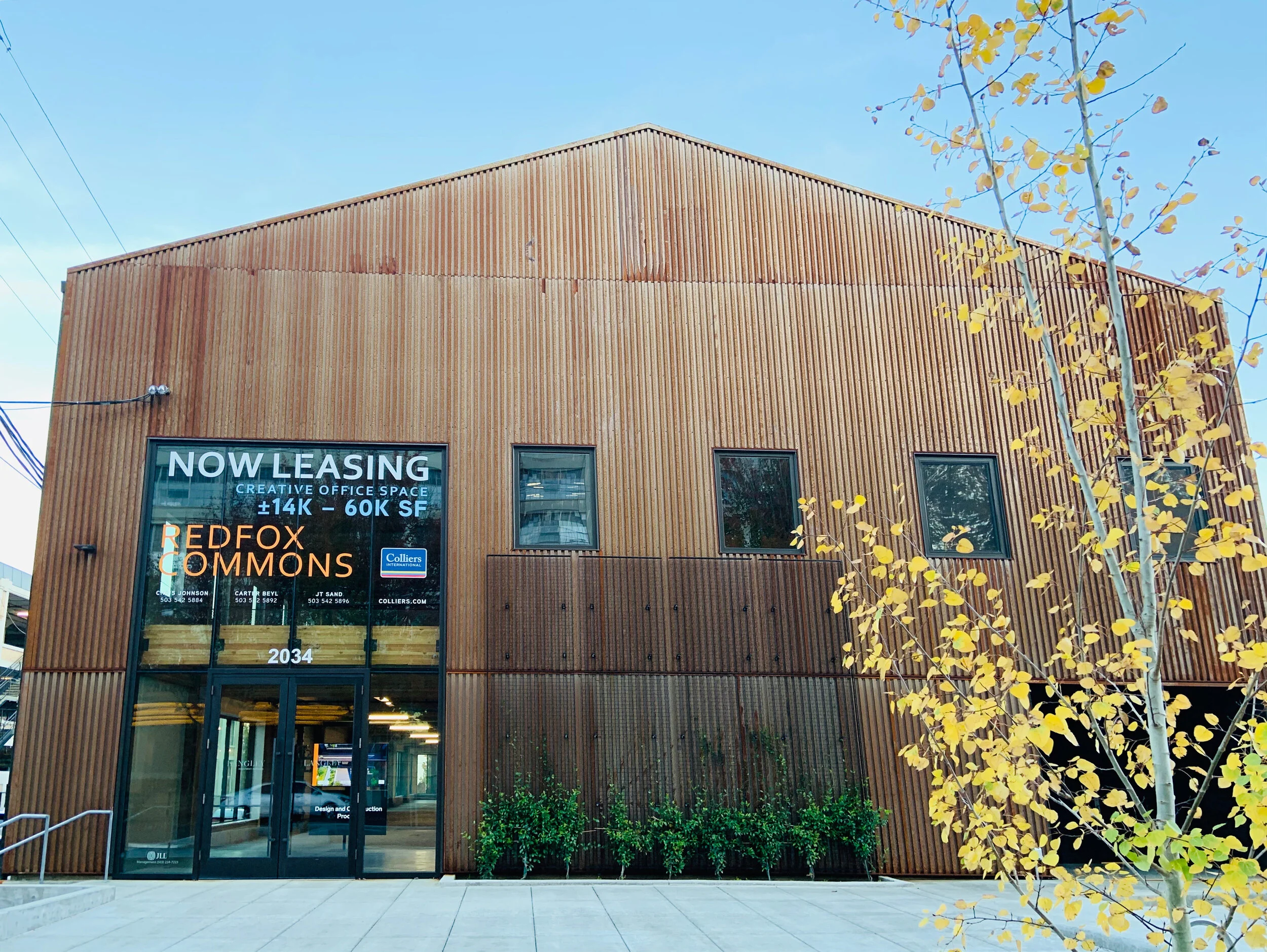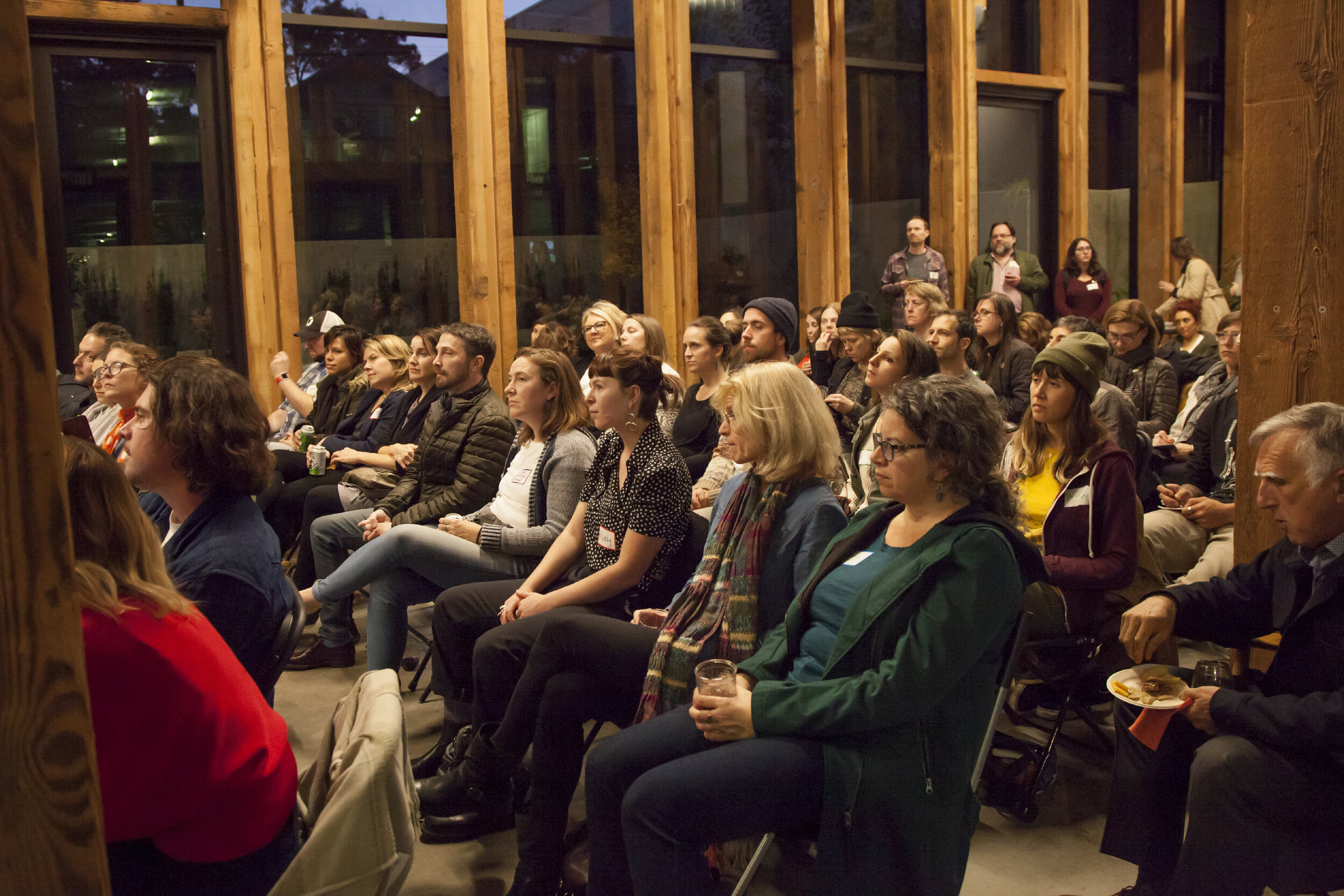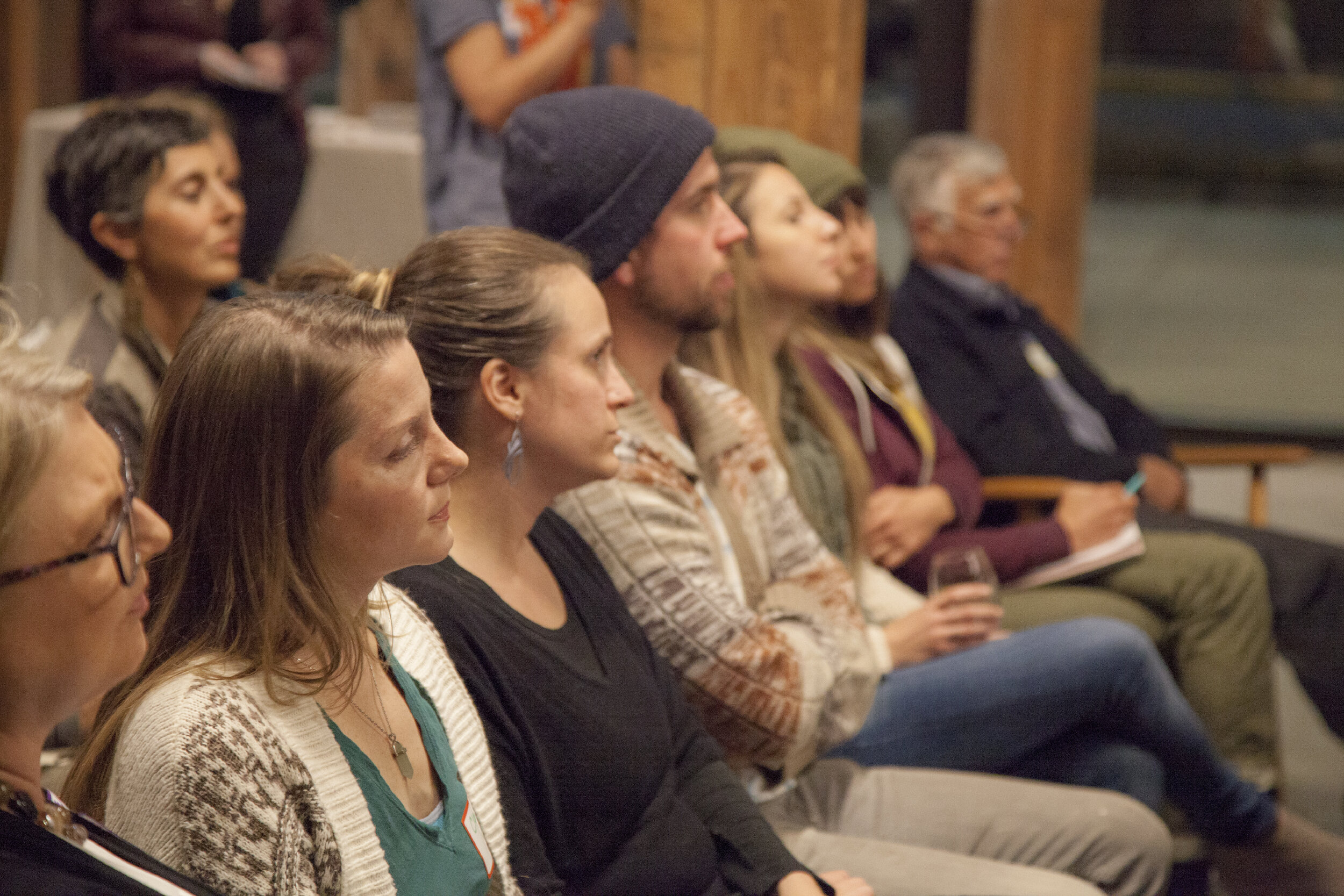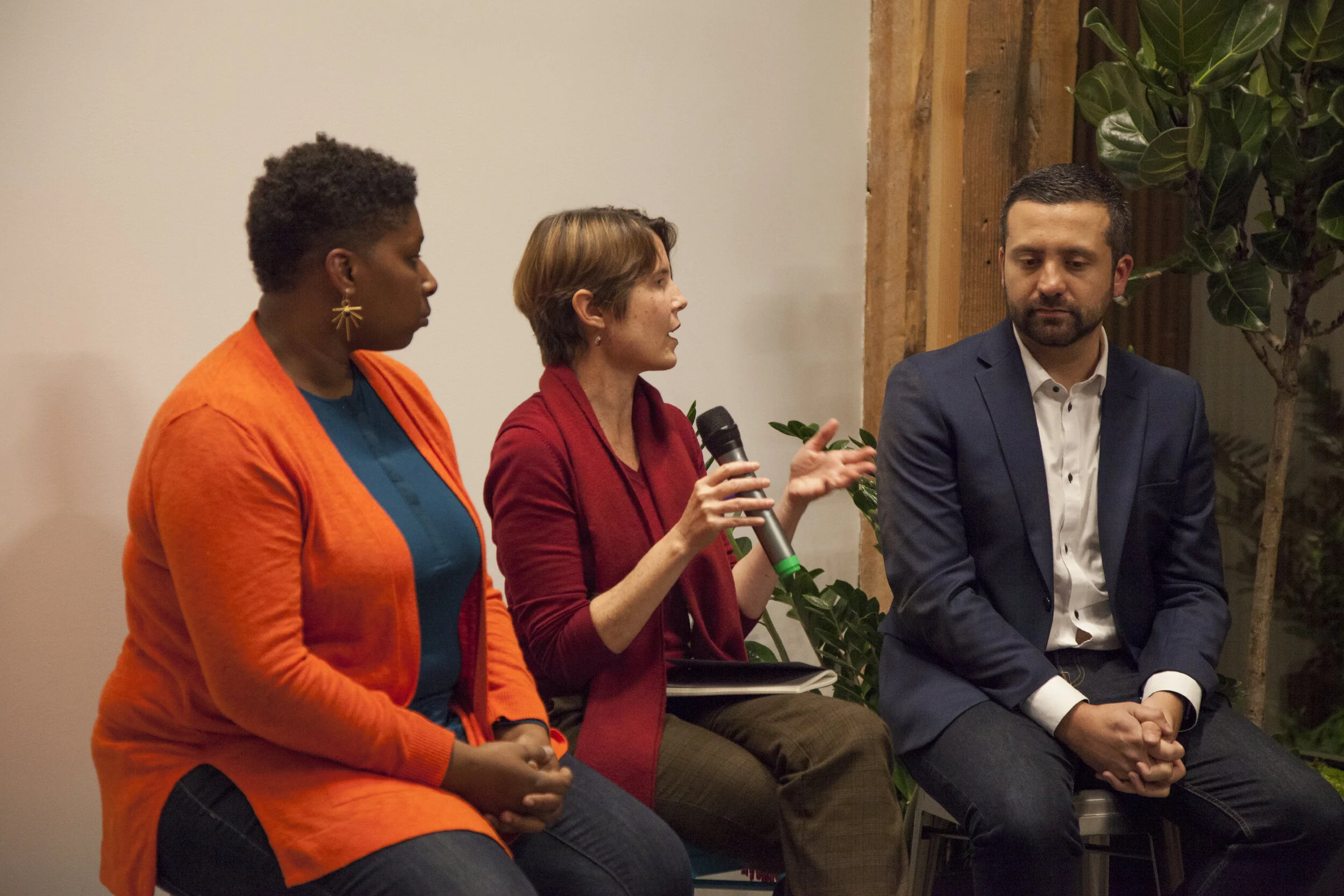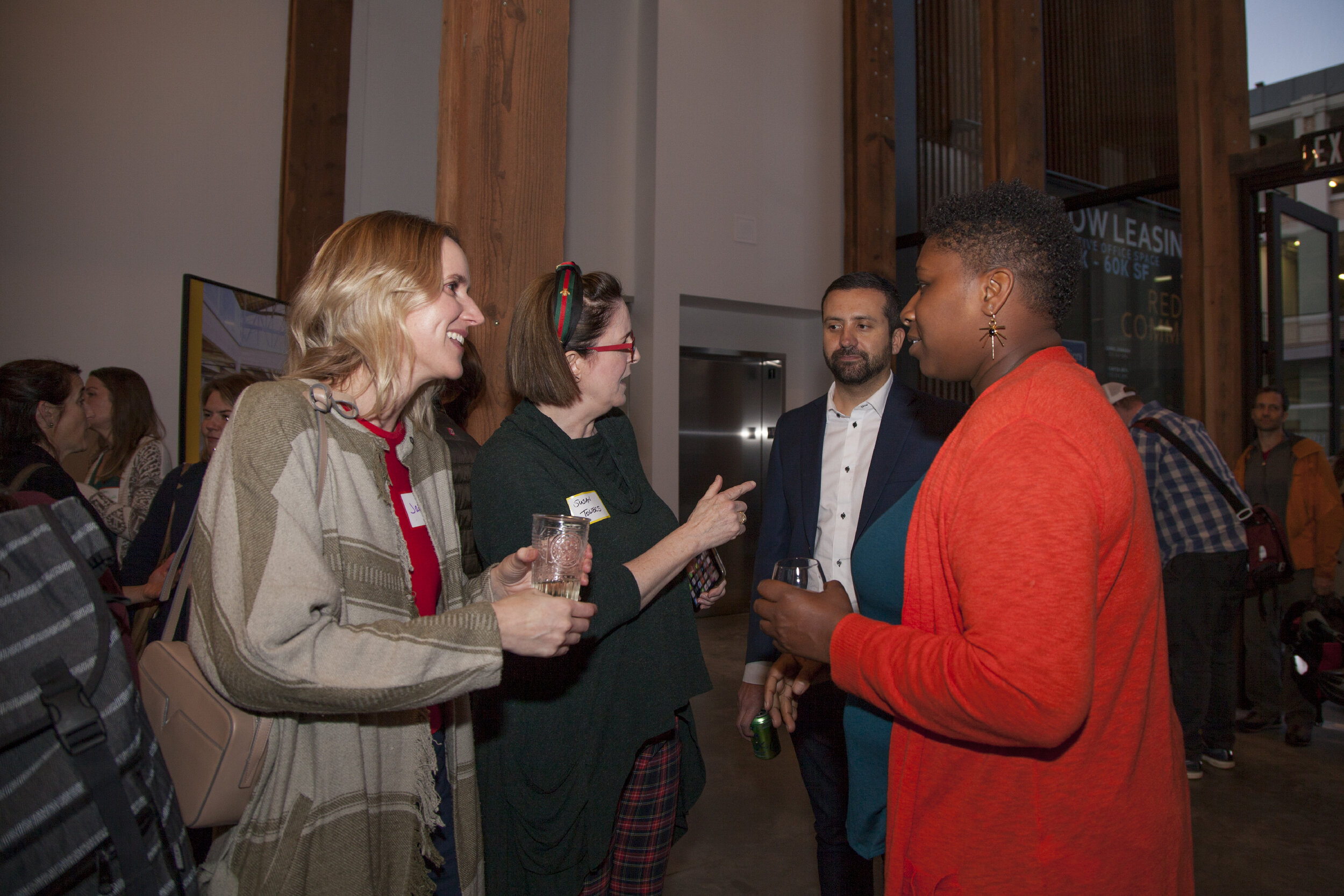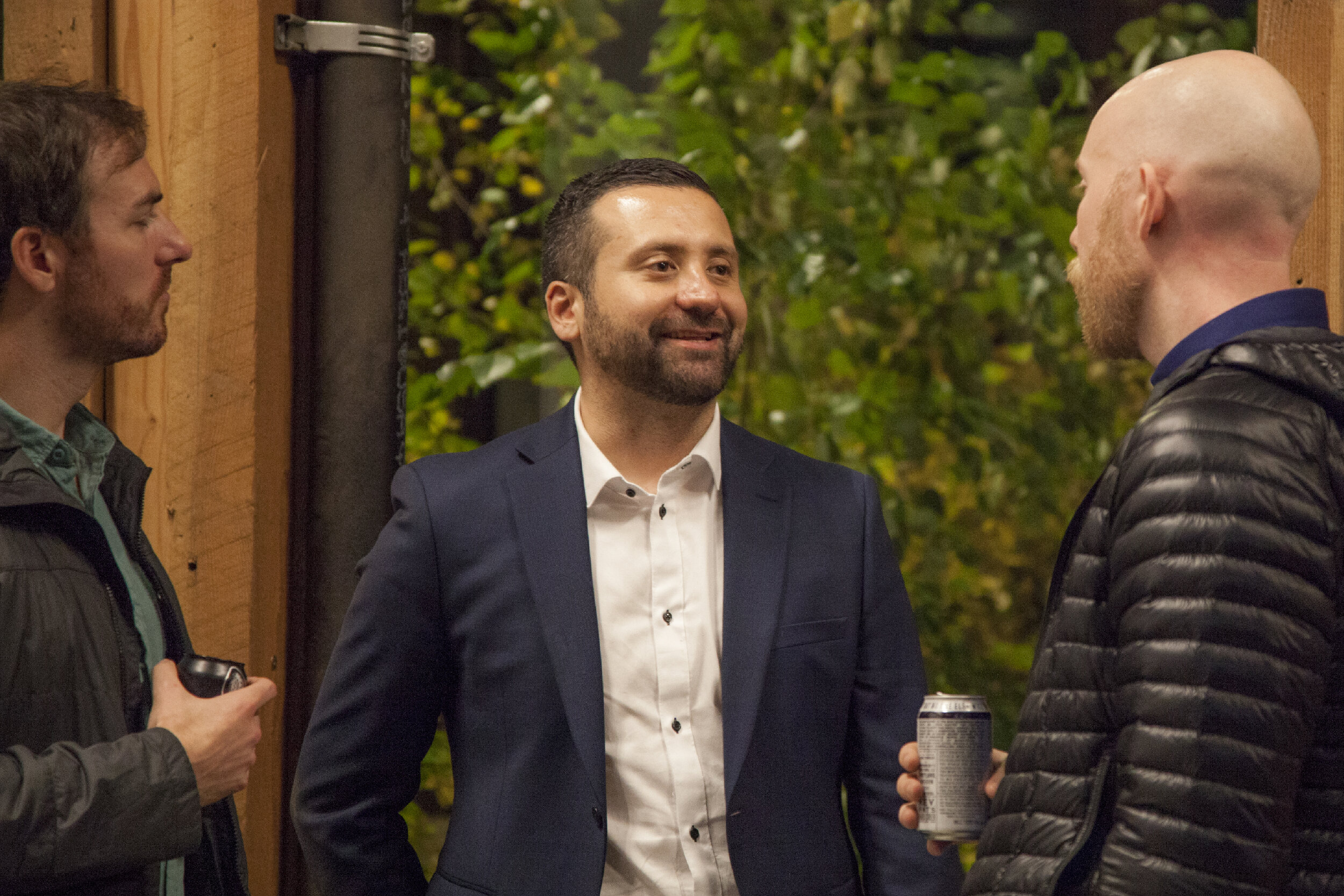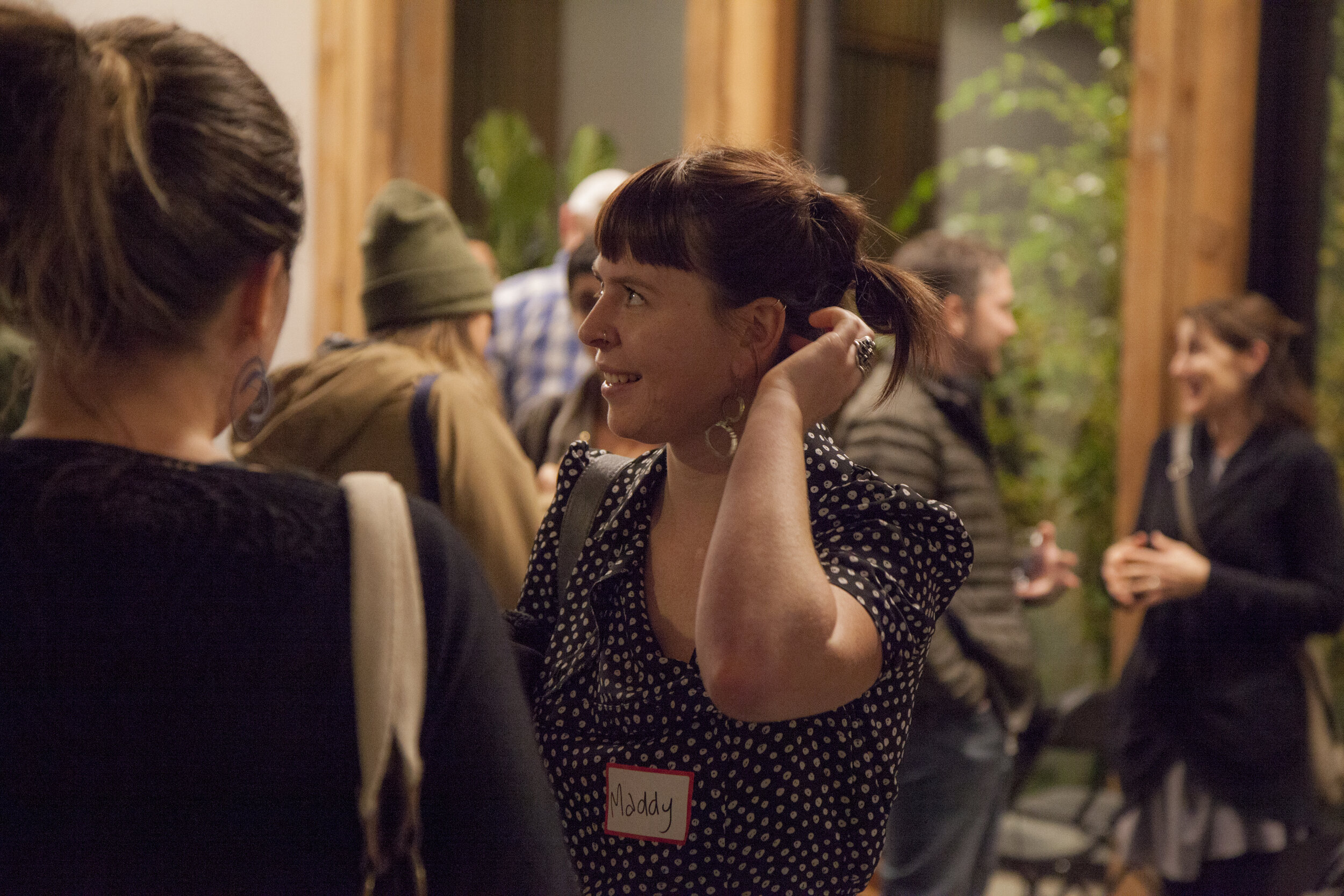What are Journalists Really Looking For?
In our ever-changing media landscape, it’s easy to get lost in the weeds when it comes to marketing and PR. What social media platforms should I be on? How can I get press coverage for my business? Why won’t writers email me back? Last week, we gathered at the newly renovated Redfox Commons in Northwest Portland to answer these questions and get important tips on how to build relationships with the media. Panelists Tiara M. Darnell, Hannah Wallace, Marty Patail and moderator Susan Towers dove into the nitty gritty of navigating relationships with writers, honing your pitch and the power in creating a story around what you do.
Susan Towers kicked off the conversation by explaining to attendees the three different types of media that we rely on: paid media, owned media, and earned media. Paid media encompasses your traditional paid advertisements while owned media includes the content businesses create for themselves such as websites, company blog posts and social media presence.
Separate from these familiar types lies earned media, media that is created about your product, brand and business. Towers explained why leveraging it is crucial to any successful PR strategy:
Earned media is considered very valuable because of the trust factor. So, when somebody writes something about you, it’s much better than you saying it about yourself, right? Earned media is really about connecting with your customers in a very specific way.
Though we didn’t get to dive deep into it at the event, Towers’ full presentation deck is a treasure trove of PR advice and can be viewed here.
When reaching out to writers, Hannah Wallace emphasized the importance of doing your research on the writers you want to work with. She encouraged attendees to read up on writers who cover their industry and to focus on building quality relationships rather than reaching out to everyone you possibly can.
Once you have identified a few writers you want to work with, the next step is honing your pitch. For Marty Patail, a good pitch is short and direct, about three or four sentences long. “Whatever gets your point across to me in as few words as possible.” For both Patail and Wallace, Press Releases are not the recommended route.
While brevity is important, Patail also encouraged attendees to share the unique story they have to tell about their business. Patail mentioned that he’s more excited to work with makers who work the “drama of the story” into their pitch. “Dig down deep into what you do and create a story out of it.” He also encouraged people to include photos to round out their pitch.
The piece of advice that rocked the evening was from Tiara M. Darnell, who has found that a good subject line can go a long way. For her, “Subject: Thanks for the salad” works if all else fails, a piece of advice that had the audience in stitches.
Before attendees were invited to explore more of Redfox Commons, our panelists tackled questions from the audience about how to get started when you don’t already have any connections. They assured the audience that it’s okay to go out and ask for connections and that not knowing anyone can actually be an advantage sometimes. “Knowing [an email] is from someone making things builds authenticity for me,” said Patail, and then he handed his card out directly to attendees, giving them further courage to take the leap and pitch a story.
__
Words by Rachel Dutton
Photography by Sarah Toor

